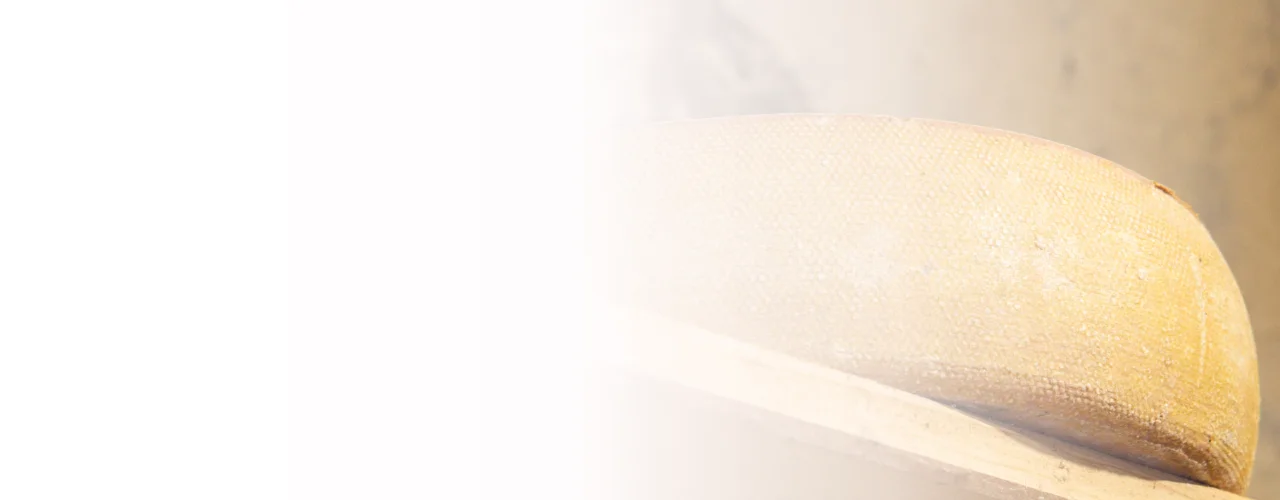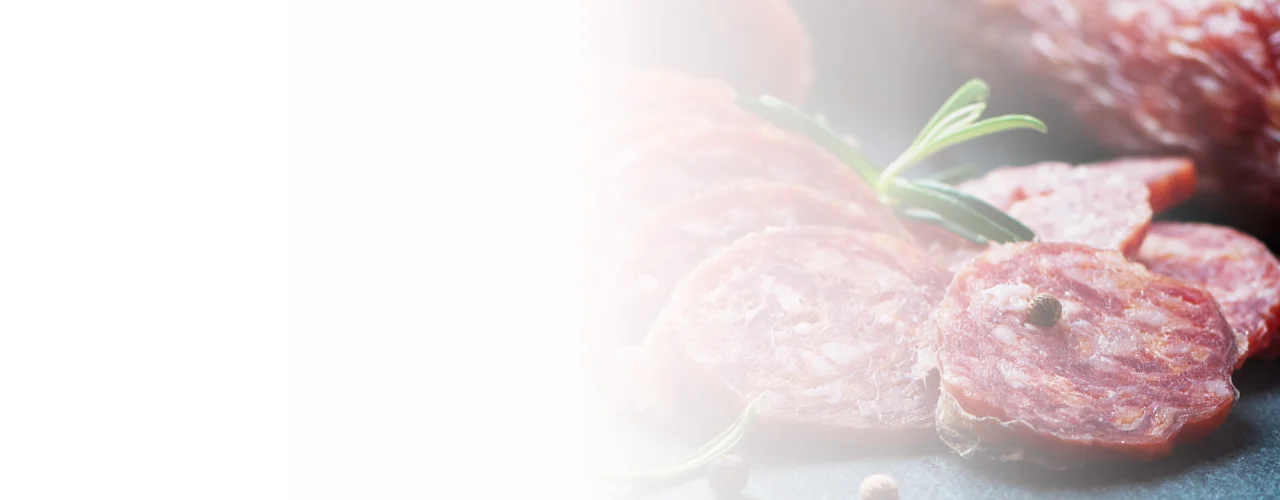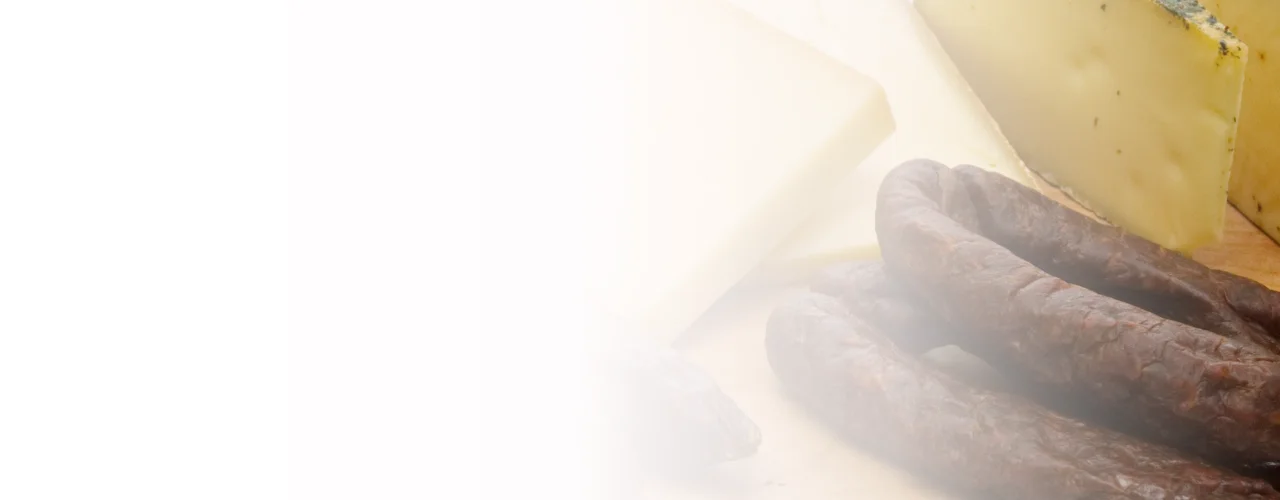Depending on the type of cheese, this cheese curd is then gently heated to 50-55 ° C in the copper kettle, so that the broken grain contracts further and loses even more whey, which is called “burning of the break “.
Hard cheese | Mountain cheese
Semi-hard cheese





























